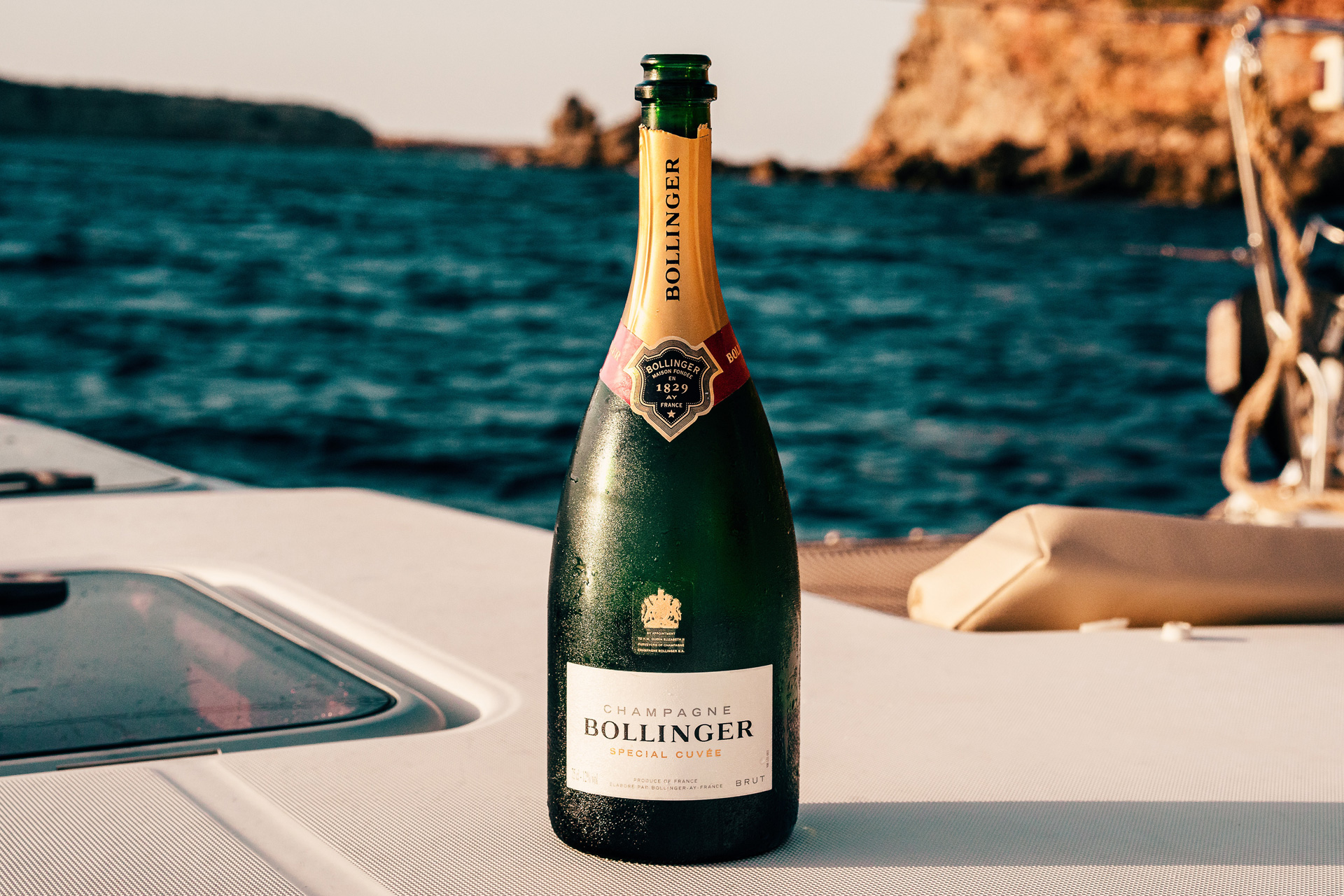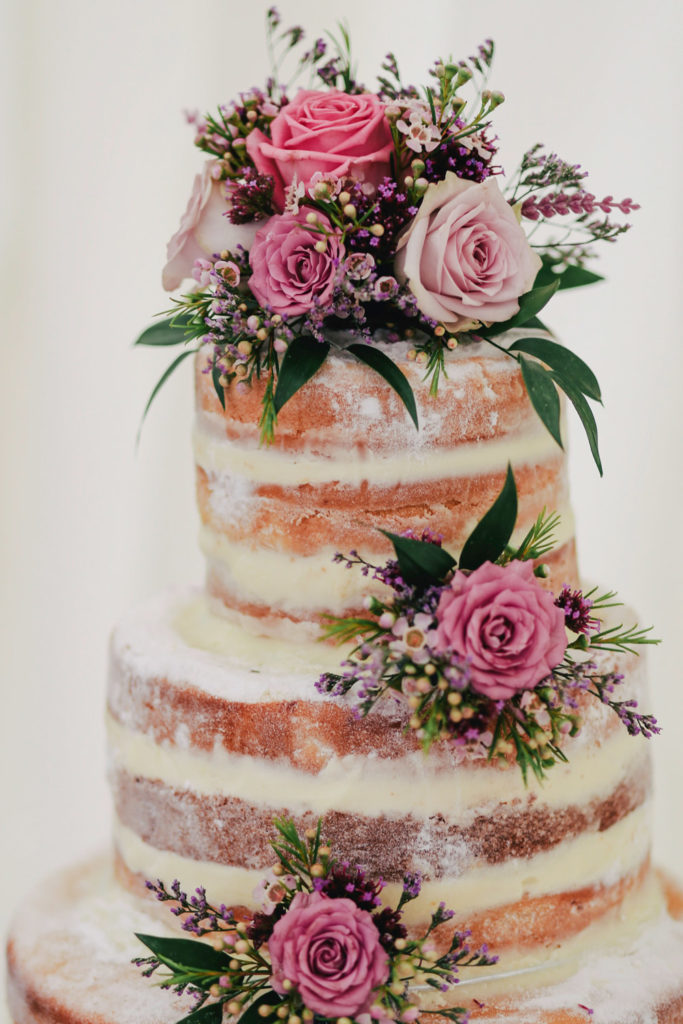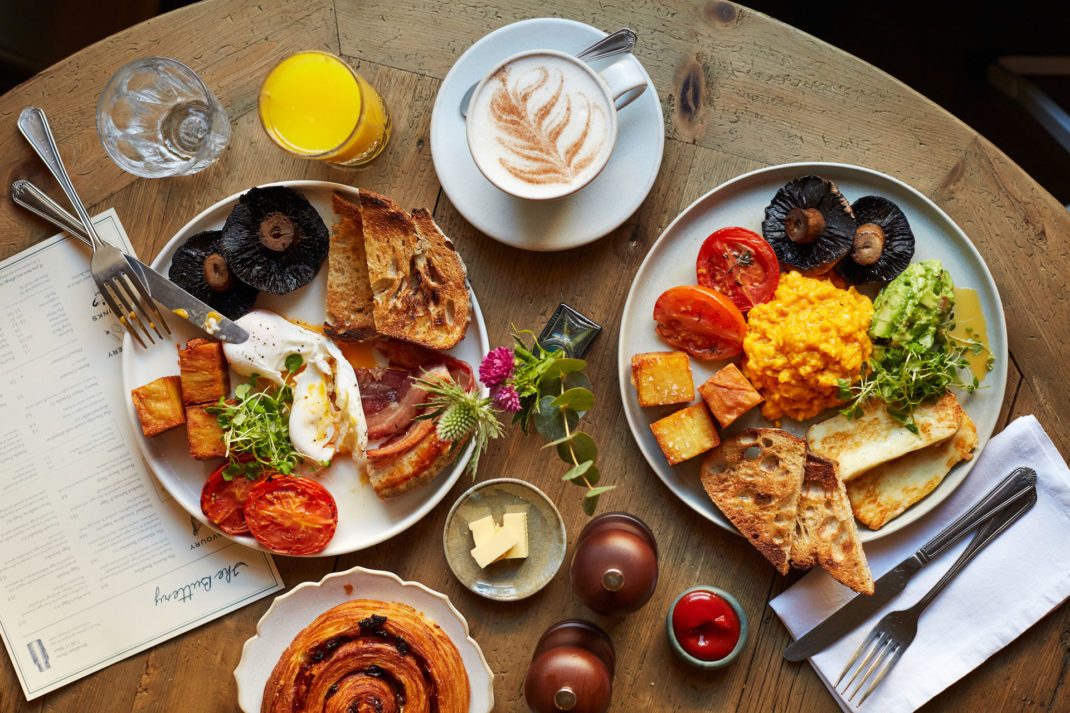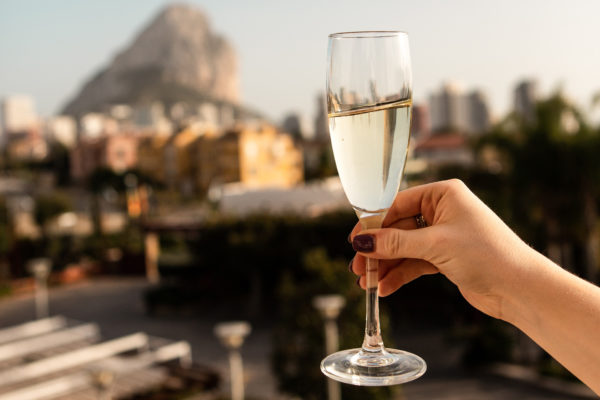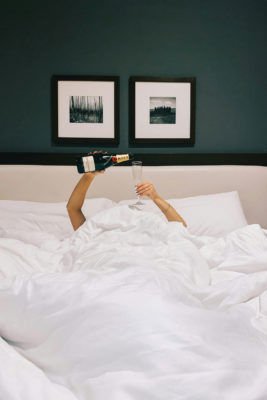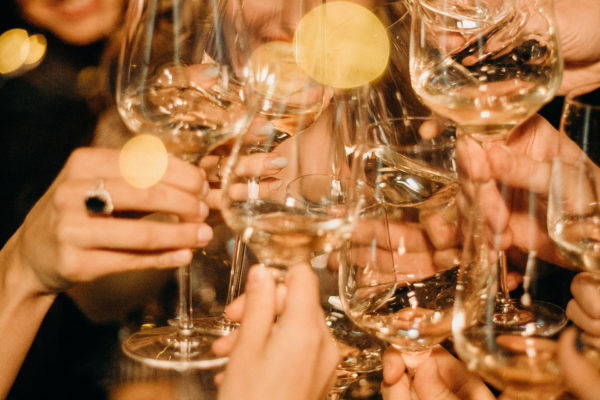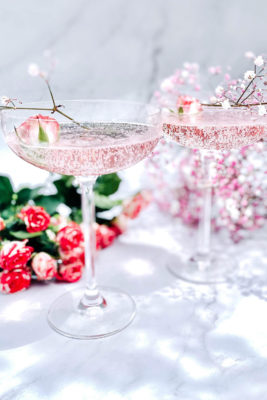A Guide To The Different Types of Champagne
By
2 years ago
Styles, vintages and crus: everything you need to know about the Champagne varieties
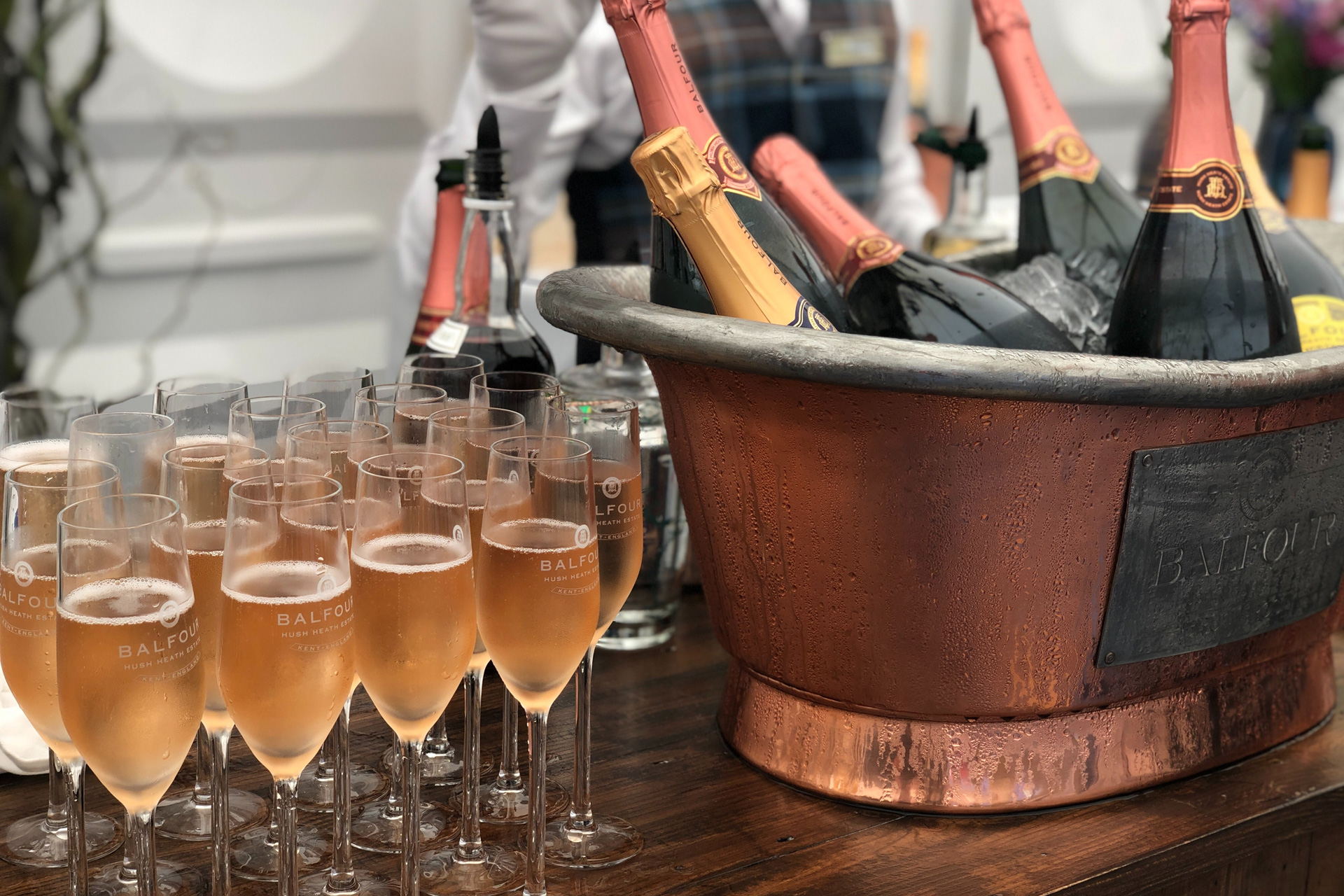
We all love a glass (or three) of fizz – but what should we be looking for when picking a bottle? There are so many different types of Champagne, and the terminology around it can be confusing – from brut to vintage and cru. To help demystify the sparkling world, we’ve enlisted the help of Victoria Henson, Director of Champagne Bureau UK.
A Guide To The Different Types of Champagne
What are the different ways Champagne can be categorised and differentiated?
By Style
- Blanc de Blancs: a wine made exclusively from white grapes such as Chardonnay and/or, very occasionally, Pinot Blanc, Pinot Gris, Arbane or Petit Meslier, which are the other white grape varieties authorised in Champagne.
- Blanc de Noirs: a wine made exclusively from dark-skinned grapes such as Pinot Noir and/or Meunier.
- Rosé: a Champagne Rosé has more colour and body than regular Champagne. It is made either by macerating black grapes or by blending with red Champagne wine.
- Demi-Sec: a Champagne containing between 32 and 50 grams of sugar per litre. The sugar is added during the ‘dosage’ stage by the dosage liqueur (also known as ‘liqueur d’expédition’).
- Sec: a Champagne containing between 17 and 32 grams of sugar per litre.
- Extra Dry: a Champagne containing between 12 and 17 grams of sugar per litre.
- Doux: a Champagne containing more than 50 grams of sugar per litre, which makes it the sweetest Champagne.
- Brut: see below.
By Non-Vintage/ Vintage
- Non-vintage Champagne Brut is the most common Champagne. It is a cuvée which can be a blend of several years. Typically it is the wine for which its style is perpetuated year on year by the brand, and a signature wine.
- A vintage Champagne is made solely from grapes harvested that same year and therefore does not contain any reserve wines. A producer decides to make a vintage wine when the harvest has been outstanding a particular year. These wines are known for being full of character. The harvest year will be written on the label of the bottle.
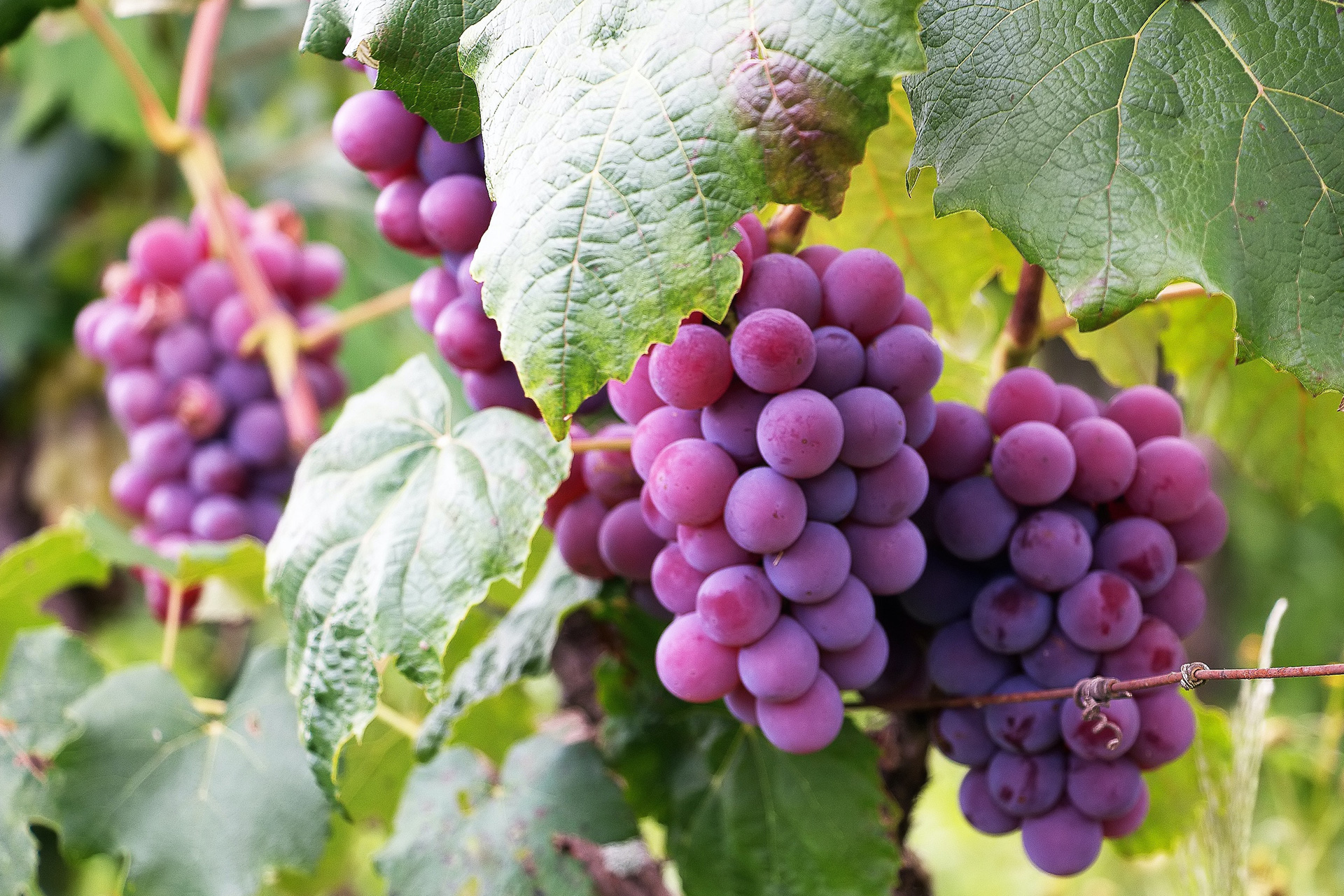
Pexels
By Distinguishing A House Champagne/ A Grower Or A Cooperative
Check the label and you will find the registration number and two letters.
- RM stands for Récoltants-Manipulants. They are growers who produce and market their own-label Champagne from grapes exclusively sourced from their own vineyards.
- RC stands for Récoltant-Coopérateur. A cooperative is a group of growers. They deliver grapes from their own harvest to their cooperative then retrieve from this cooperative the musts or wines in the process of being made or ready to be sold.
- NM stands for Négociant Manipulant. This is an individual or a company who, in addition to the grapes sourced from their own vines (if they have any), buys grapes, musts or wines to produce Champagne on their own premises.
- Champagne Houses market their own-label Champagne.
What does ‘brut’ mean and can you tell us about the scale?
A Champagne Brut is a Champagne that contains less than 12 grams of sugar per litre. The sugar is added during the ‘dosage’ stage by the dosage liqueur (also known as ‘liqueur d’expédition’). A Champagne Brut Nature, also called ‘Pas Dosé’ or ‘Dosage Zéro’, contains less than three grams of sugar per litre. No dosage liqueur will have been added to it.
What does ‘cru’ mean and how does it help differentiate champagnes?
A cru corresponds to a winegrowing municipality. The Champagne vineyard area encompasses 319 crus across the five ‘départements’. Before 2007, there was a scale of crus in Champagne. Officially established for the first time in 1911 following discussions between growers and Houses, it was agreed that a cru would be attributed a percentage ranging between 80 and 100 percent. Therefore, a cru with an 80 percent rating received 80 percent of the basic price, while a cru with a 95 percent rating received 95 percent of the basic price, etc.
The Decree of 1 July 1952 officially introduced the terms ‘grand cru’, exclusively for wines from municipalities with a 100 percent rating – and ‘premier cru’, exclusively for wines from municipalities with a 90 to 100 percent rating. In 2010, the INAO scrapped the Champagne cru scale, but agreed that municipalities having previously received a ‘grand cru’ and ‘premier cru’ designation could retain this.
What are the different ageing categories?
Champagne is marketed after a minimum ageing period which allows it to express the tertiary aromas (that come with ageing) of a young wine. Depending on taste and the ageing capabilities of the year (to be determined by the producer), it can be laid down until it develops the tertiary aromas of a more mature Champagne.
All genuine Champagnes must spend at least 15 months maturing in the winemaker’s cellars before release. Vintage cuvées are matured for at least three years. In practice though, this statutory timeframe – already significant compared to other sparkling wines – is almost always longer in Champagne: two to three years for non-vintage wines and four to ten years for vintage Champagne.

